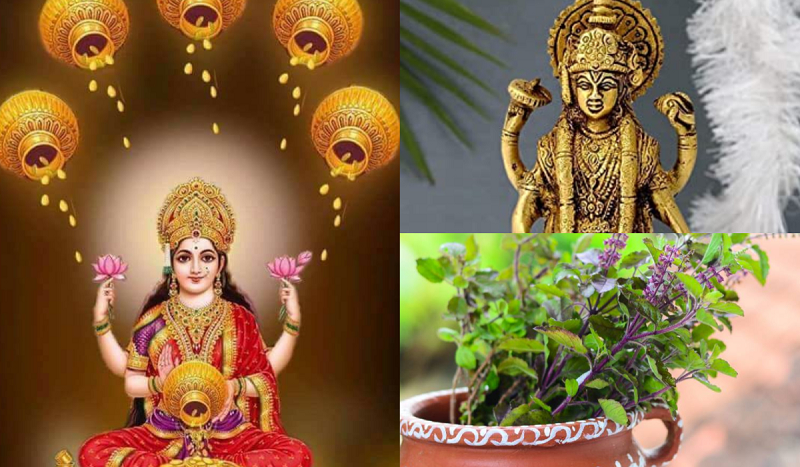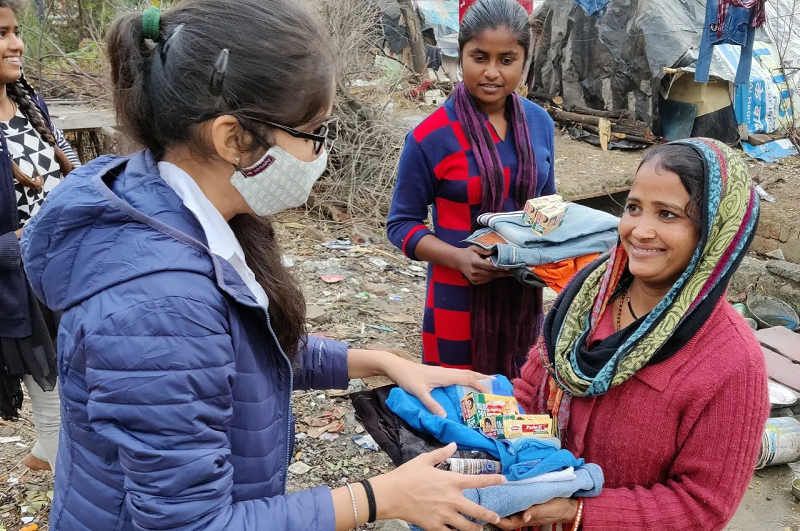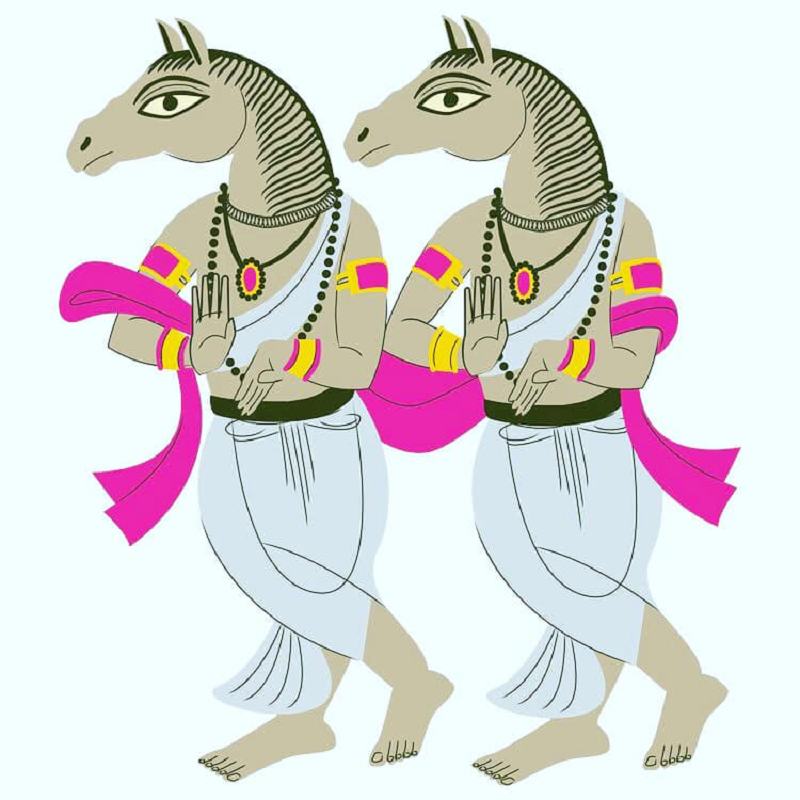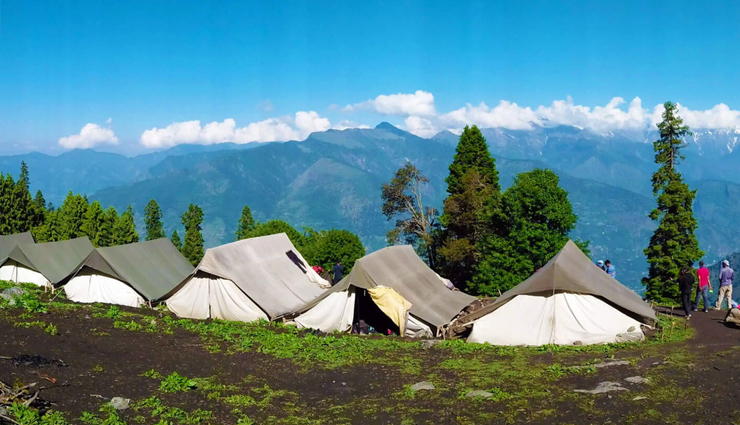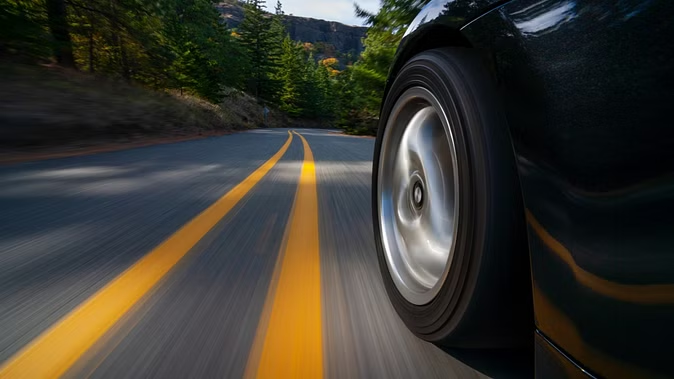Every year lakhs of tourists come to see the World Heritage Valley of Flowers located in Chamoli district of Uttarakhand. This valley is spread over an area of 87.50 km square. This national park is in the Chamoli district of the Garhwal region of the state. For the conservation of this entire area, in 1982 the valley along with the surrounding area was declared a national park, which is called Nanda Devi National Park. The variety of flowers blooming on the naturally formed slopes of this valley gives a divine experience. Tourists are not allowed to camp inside the Valley of Flowers National Park. In such a situation, tourists camp only at the camping site nearest to this valley. The nearest camping site to the Valley of Flowers will be the picturesque village of Ghangaria. Where tourists set up camp and stay for several days and also visit the tourist places around the Valley of Flowers.
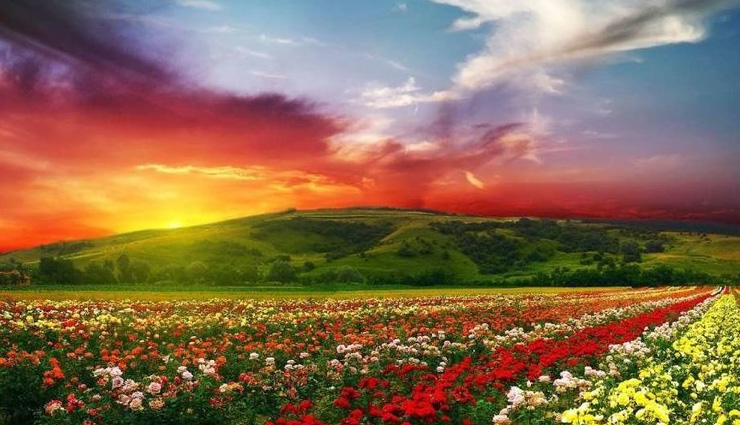
More than 600 species of Himalayan flowers are found in the Valley of Flowers, located at an altitude of about 13,000 feet above sea level. According to beliefs, this area is called the abode of Lord Shiva. This place is a wonder for the tourists coming here for trekking. The Valley of Flowers changes its color every two weeks. Sometimes the color here appears red, sometimes yellow, and sometimes golden.
If you are thinking of visiting the Valley of Flowers, then you need to know its best time. The Valley of Flowers opens every year on 1 June and closes in October. The best time to visit here is considered to be between July to September. During this time, you will get to see many species of flowers in this valley which will win your heart. If you want to see the flowers in bloom, then you should visit this valley in August. At this time, flowers are blooming all around here. However, due to heavy rains and landslides in this season, it becomes difficult to reach this area.
The Valley of Flowers was first discovered by Frank Smith in 1931. Frank was a British mountaineer. Frank and his companion Holdsworth discovered this valley and after that, it became a famous tourist destination. Smith has also written the book “Valley of Flowers” about this valley. Medicines are also made from the flowers growing in the Valley of Flowers. Every year lakhs of tourists come to see the Valley of Flowers.
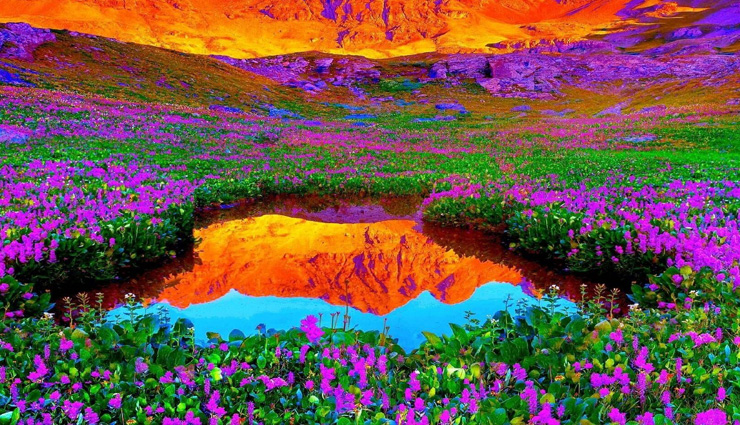
Hanuman had come to take Sanjivani Buti.
According to Jan Shruti, during the Ramayana period, Lord Hanuman ji had come to the Valley of Flowers to collect Sanjeevani Buti. Local people consider this valley of flowers to be the abode of fairies. This is the reason why people were hesitant to go here for a long time. In the local dialect, the Valley of Flowers is called Bhundarghati. Apart from this, this valley is called by the names Gandhamadan, Baikunth, Pushpavali, Pushparasa, Frank Smythe Valley, etc. In Kedarkhand of Skanda Purana, the valley of flowers has been called Nandankanan. Kalidas mentions the valley of flowers in his book Meghdoot as Alka.
This world-famous Valley of Flowers is situated between Nar and Gandhamadhan mountains. Pushpavati river flows near it. There are two ponds and Linga Anchari nearby. This valley remains snow-covered from May to November. Although there are many flower valleys in the hilly state of Uttarakhand, a large number of tourists from India and abroad come to see this valley located in the Chamoli district. To reach the Valley of Flowers, tourists have to use the road leading to Badrinath Dham. After Haridwar, one has to reach Jaushimath via Rishikesh, Rudraprayag, and then Govindghat. After that, leaving the route of Badrinath Dham, one has to reach Ghangaria on foot on the route of Hemkund Sahib. From here the path to Valley of Flowers and Hemkund diverges. The distance of this valley from Rishikesh is 270 kilometers.
(PC: Lifeberrys)


